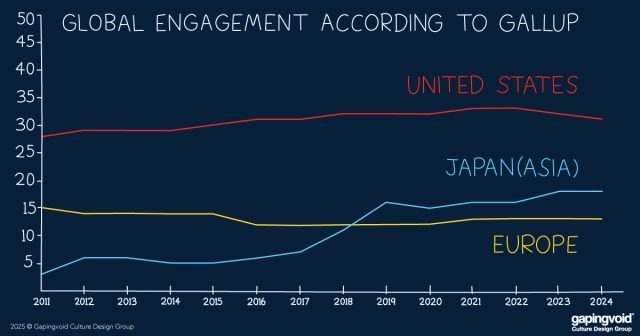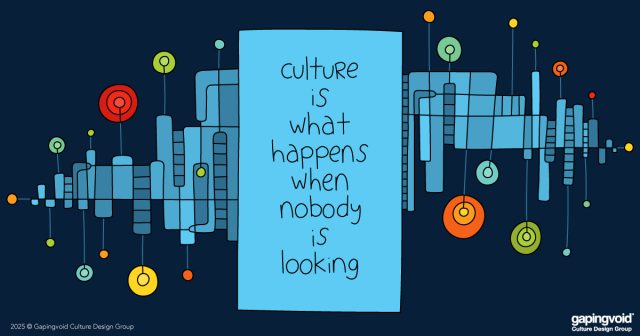
There’s a hidden story hanging over all of our heads, subtly influencing everything we do, say, and think.
Think about it – what brings people to their place of worship every Sabbath? The modern intellectual class will tell you that beneath all the theological mumbo jumbo, it’s really about social connection – belonging, community, tribal validation…
But plenty of activities offer that: Bowling leagues, political gatherings, book clubs, martial arts. Yet while many community trends come and go, major religions keep chugging along, century after century.
This is because there’s something more profound happening in major religions than potluck casseroles and charity fundraisers – there’s a deep “metanarrative” that transcends daily rituals. People come and go, traditions ebb and flow, but the metanarrative, “The Big Story” remains.
And it’s not just religion- that’s just one of the most visible examples. Metanarrative exists at all cultural levels.
This is one of the ideas at the heart of Malcom Gladwell’s new book — Revenge of the Tipping Point (something we’ve long believed is correct).
Gladwell compared this metanarrative to a jungle canopy. Most of us are like the creatures on the jungle floor, concerned with what’s immediately in front of us. We rarely look up. Yet, the canopy casts its shadow on everything below. Gladwell called it the “Overstory.”
The overstory defines the “rules of engagement” for a group – whether it’s a team, a company, a city, or a country. It answers the essential questions: What do we value? What’s acceptable? What’s the depth and breadth of the “gray area”? What are the parameters – the frame – of our interactions? People like us do things like what?
Different overstories produce radically different outcomes.
Tennis coach Jim Loehr observed that a player’s outcomes on the court often come down to one simple thing: the stories they tell themselves between serves. The overstory is a lot like that but for entire cultures. People stay at companies for years, even when the data suggests that there’s more money to be made by switching jobs every year or two because they’ve bought into something bigger than themselves. The overstory creates collective buy-in, not just individual commitment.
Where does a leader fit into all this? It’s a bit like Plato’s famous allegory of the cave. Most see only the shadows on the wall and think that’s all there is. The true leader is the one who steps back, sees the shadows for what they are, and commits to helping others reach that same understanding.
They do this by climbing up to study the canopy itself. By telling a better story. Living a better story. Exemplifying a better story. Relentlessly socializing the principles of that better story. And not giving up until that better story becomes THE story.
What most leaders miss is that you can change a thousand processes, but you’ll never outrun your overstory. At least not until you choose to redesign it.



